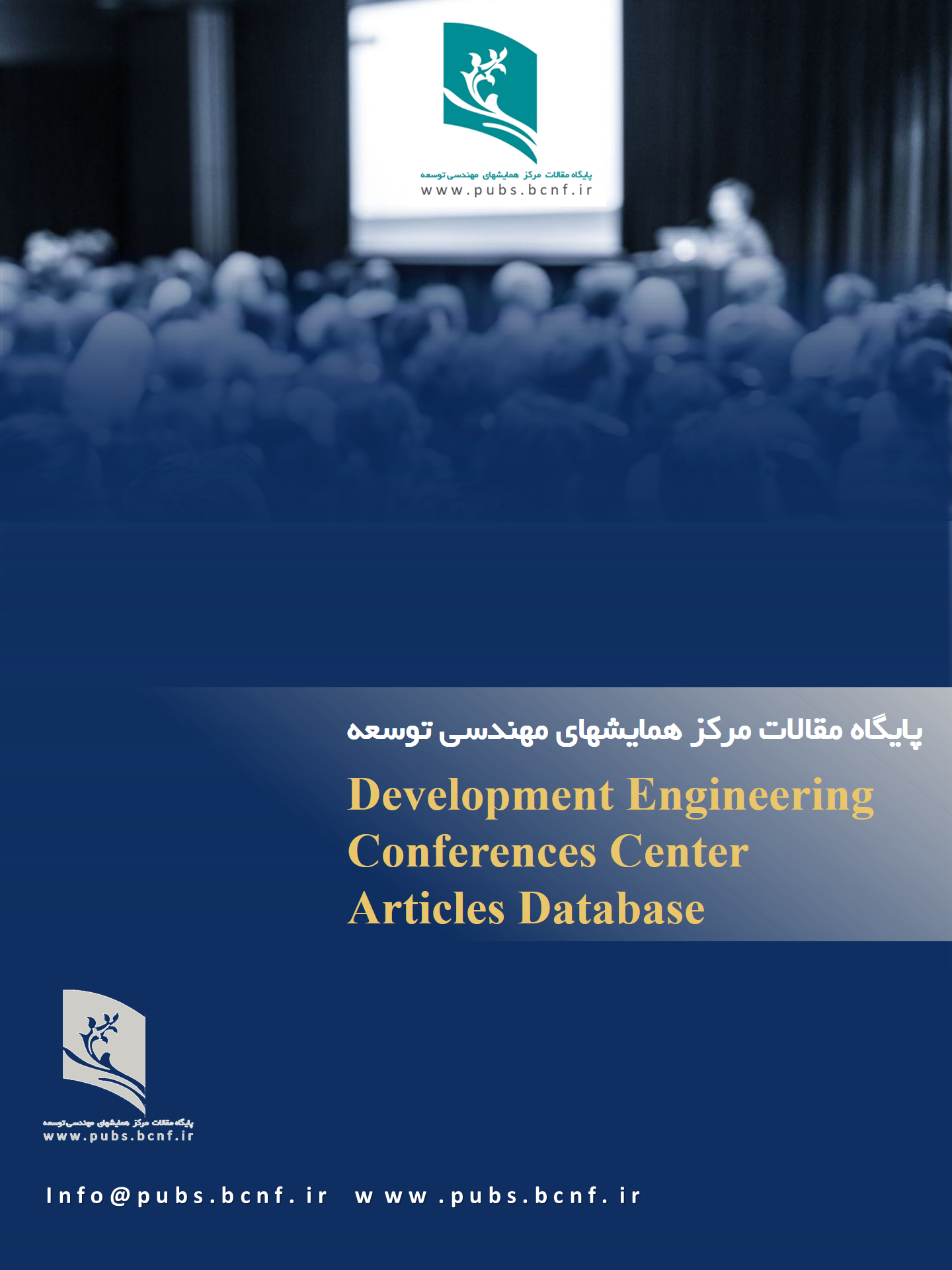Advanced Wound Healing Techniques: A Comparative Study of NPWT, LLLT, and Enzymatic Debridement
کلمات کلیدی:
Tissue Regeneration, Wound Healing, veterinaryچکیده
Wound healing is a critical biological process to restore tissue integrity following injury. Traditional wound management approaches have been enhanced by advanced techniques such as Negative Pressure Wound Therapy (NPWT), Low-Level Laser Therapy (LLLT), and enzymatic debridement, all promoting faster and more efficient healing. This study aims to compare the efficacy of these advanced methods in wound healing by evaluating their impact on tissue regeneration, inflammation reduction, and healing speed. This study collected relevant data from segmented studies and recent reviews from reputable databases, including PubMed, Scopus, and Google Scholar. This review will enhance awareness within the medical community and associated individuals, including researchers, and contribute to improving patients' health and well-being. The study showed that NPWT significantly accelerated wound healing, promoting faster granulation tissue formation and epithelialization than other techniques. By day 7, NPWT-treated wounds exhibited substantial collagen deposition and wound contraction. LLLT also improved healing by enhancing epithelial migration, although at a slower pace than NPWT. Enzymatic debridement effectively removed necrotic tissue and created a cleaner wound bed, aiding in the progression to the repair phase, but exhibited a slower healing rate overall. Statistical analysis confirmed that NPWT provided the best healing speed and tissue regeneration outcomes. This comparative study highlights the superior efficacy of NPWT over LLLT and enzymatic debridement in accelerating wound healing and promoting tissue regeneration. While LLLT and enzymatic debridement provide effective alternatives, NPWT stands out for its ability to expedite healing. These findings suggest that NPWT should be considered a primary option for treating complex soft tissue wounds. Further research is warranted to explore the long-term benefits and cost-effectiveness of these advanced wound care methods in various clinical settings.
دانلودها
مراجع
[1] Mulder, G., Tenenhaus, M., & D’Souza, G. F. (2014). Reduction of diabetic foot ulcer healing times through use of advanced treatment modalities. The international journal of lower extremity wounds, 13(4), 335-346.
[2] Kabir, A., Sarkar, A., & Barui, A. (2023). Acute and Chronic Wound Management: Assessment, Therapy and Monitoring Strategies. In Regenerative Medicine: Emerging Techniques to Translation Approaches (pp. 97-125). Singapore: Springer Nature Singapore.
[3] Bosanquet, D. C., & Harding, K. G. (2022). Wound healing: potential therapeutic options. British Journal of Dermatology, 187(2), 149-158.



